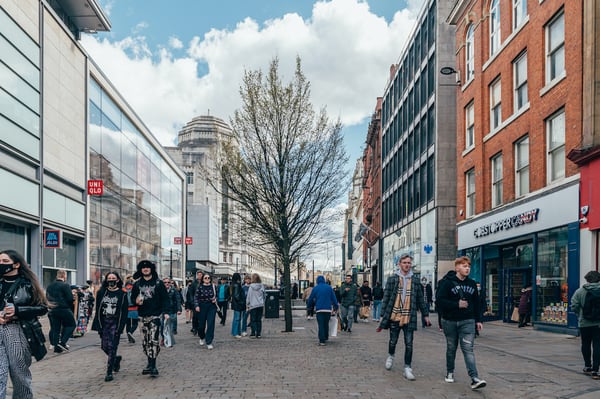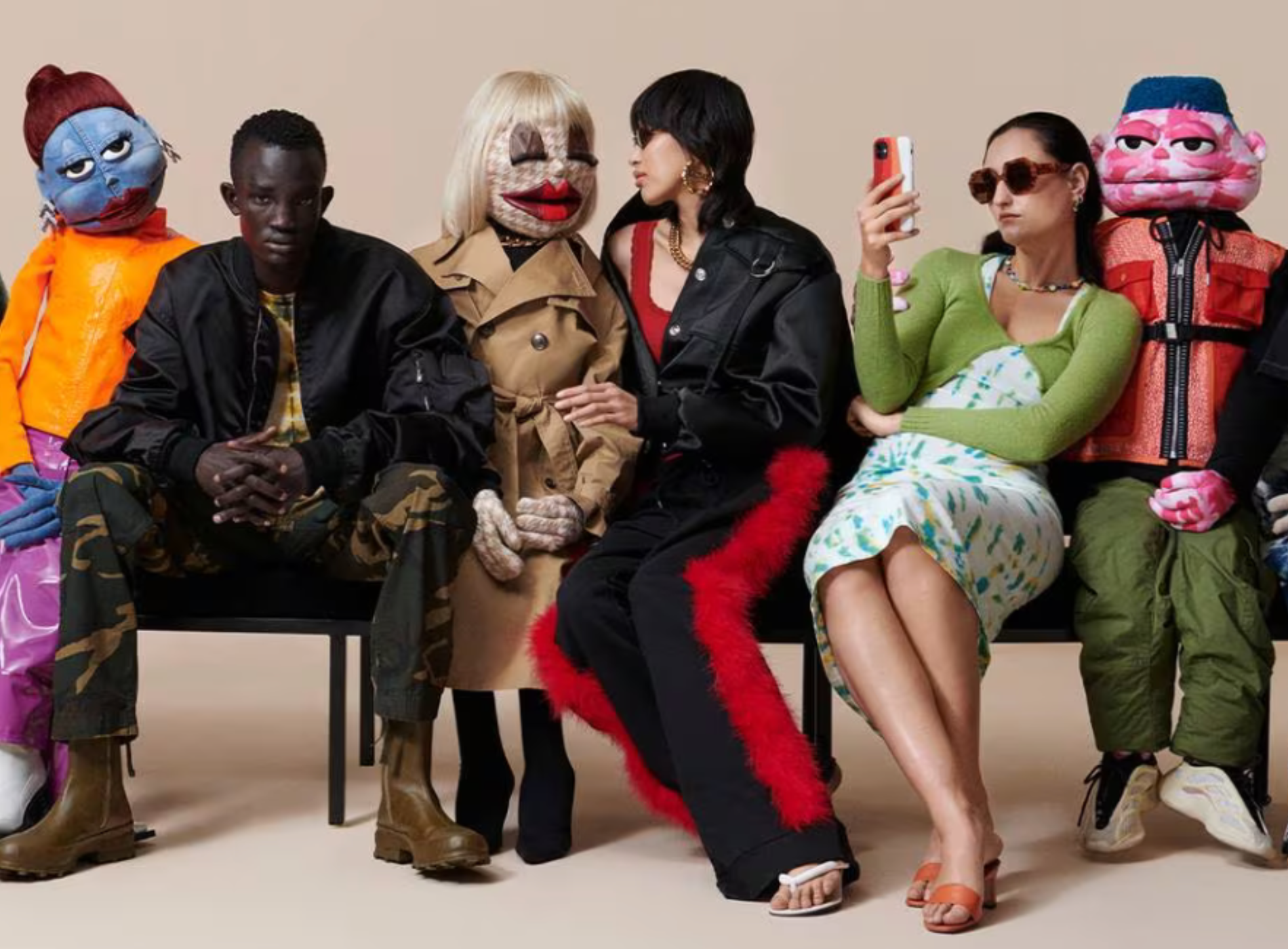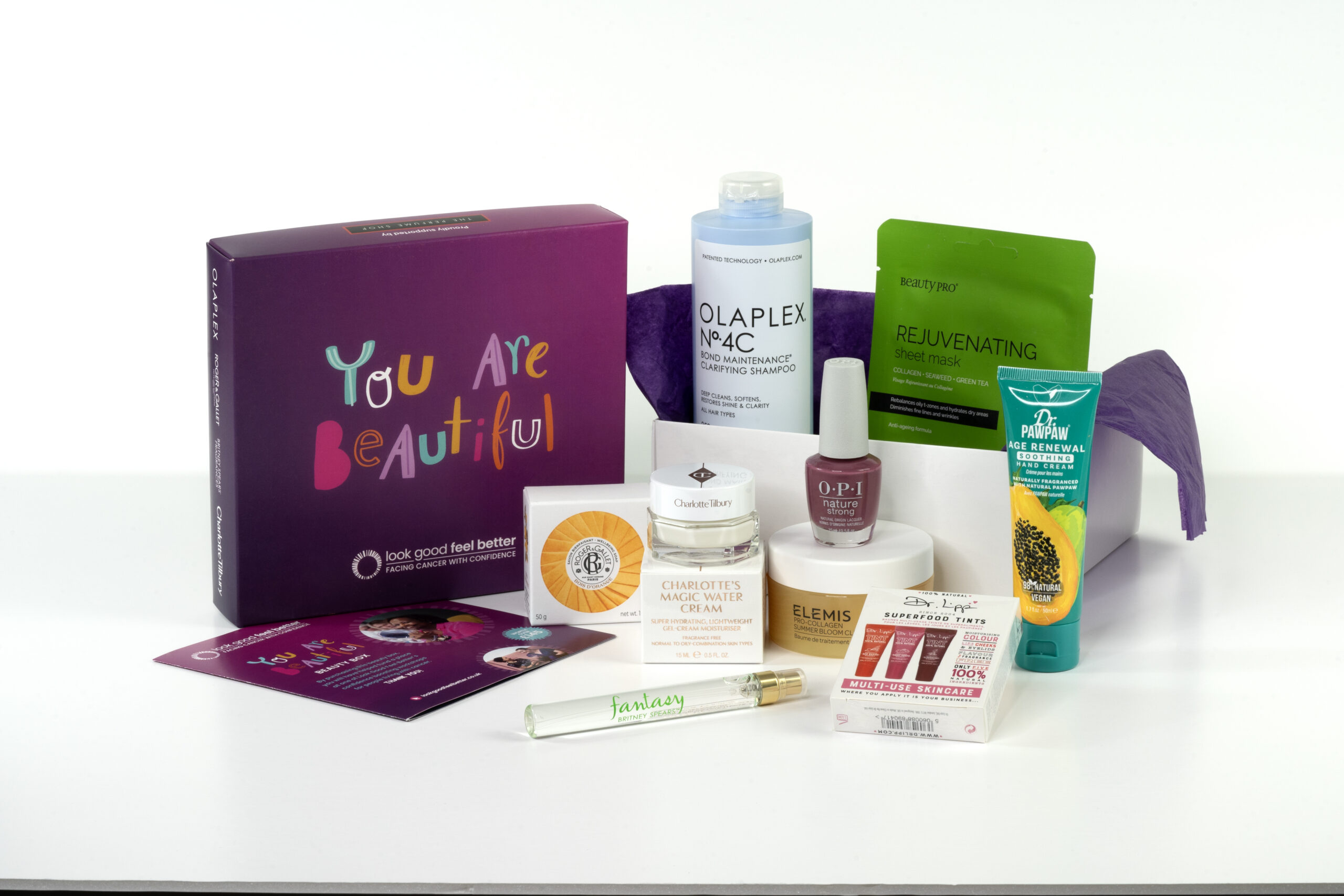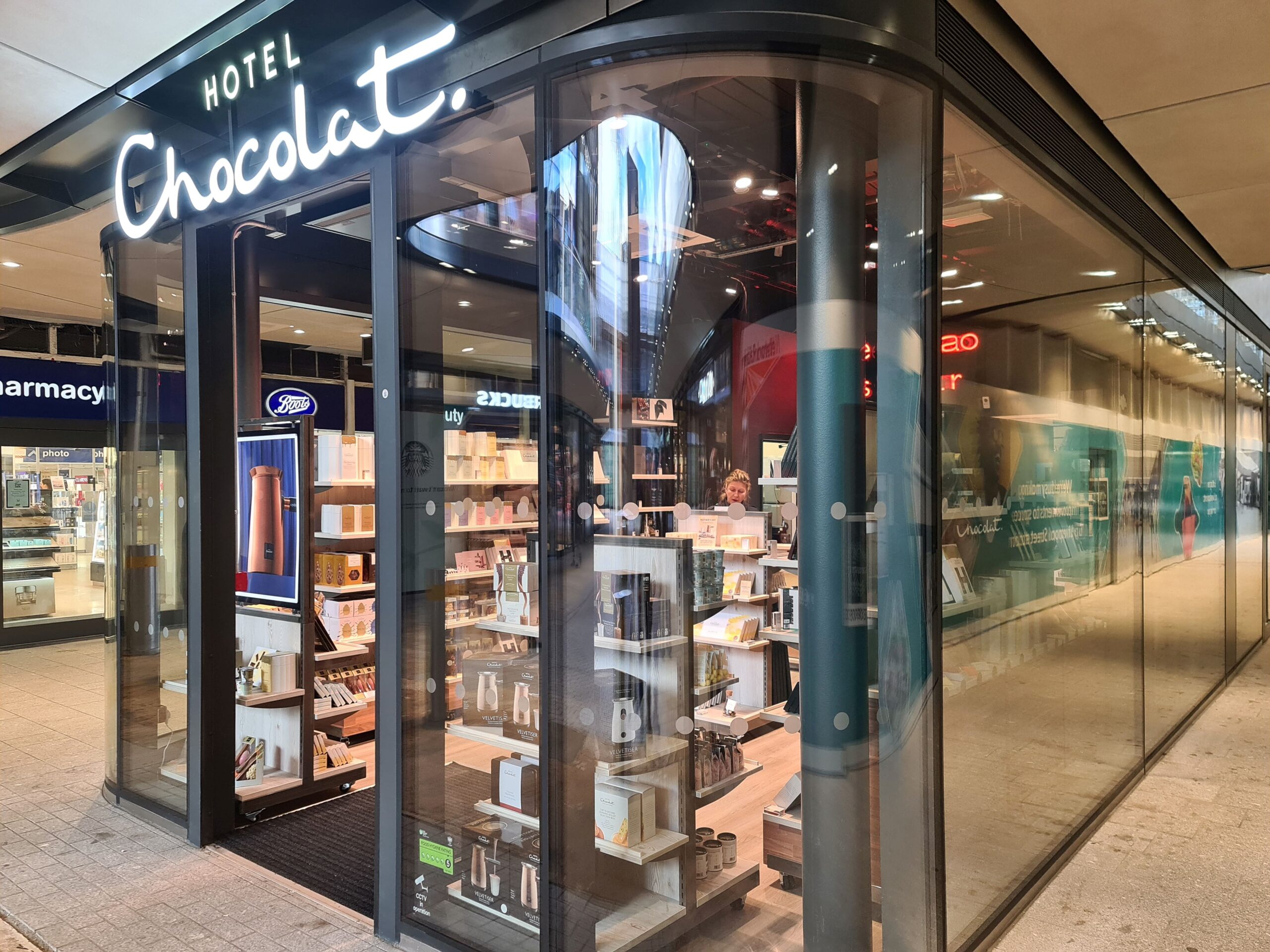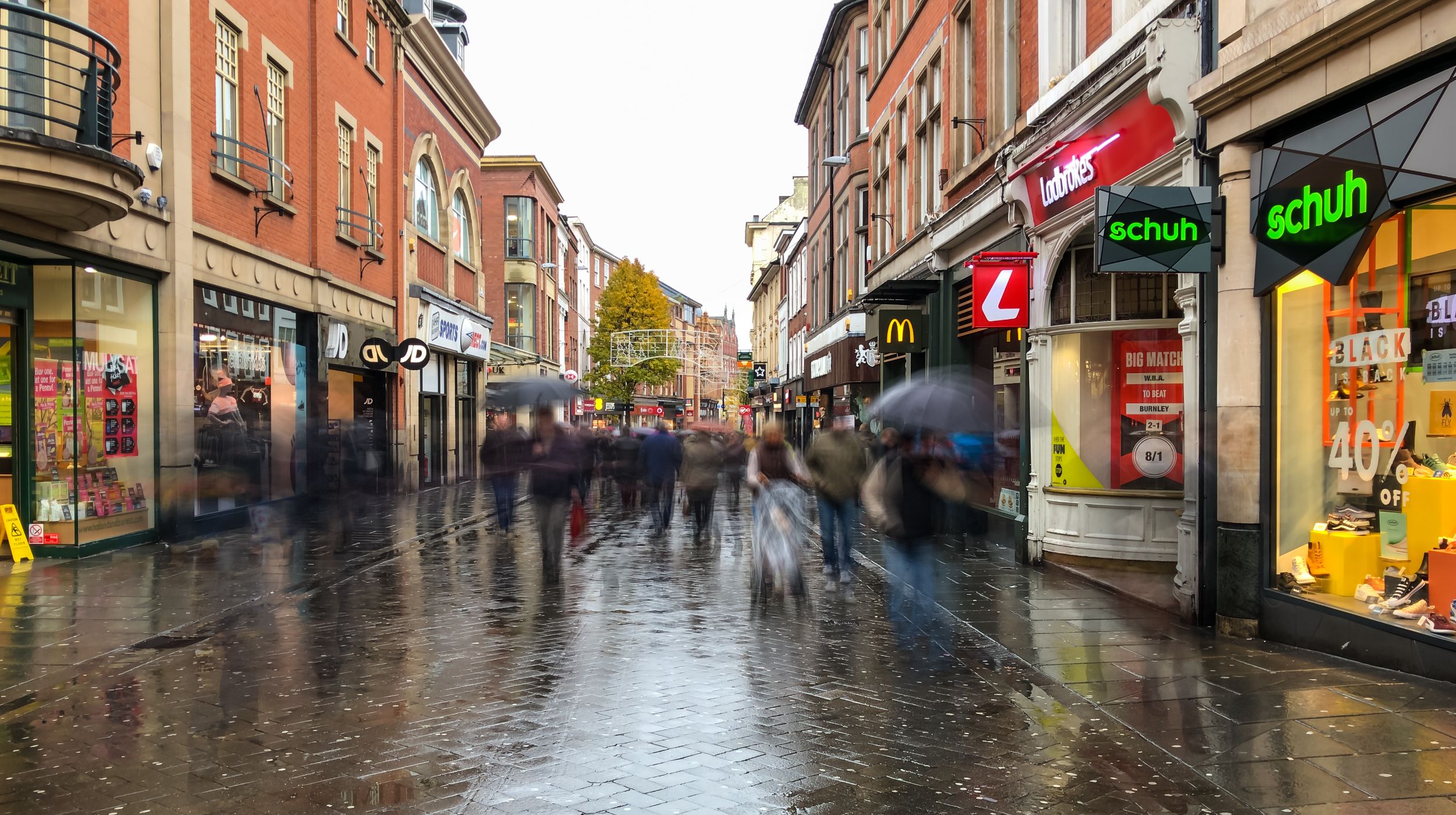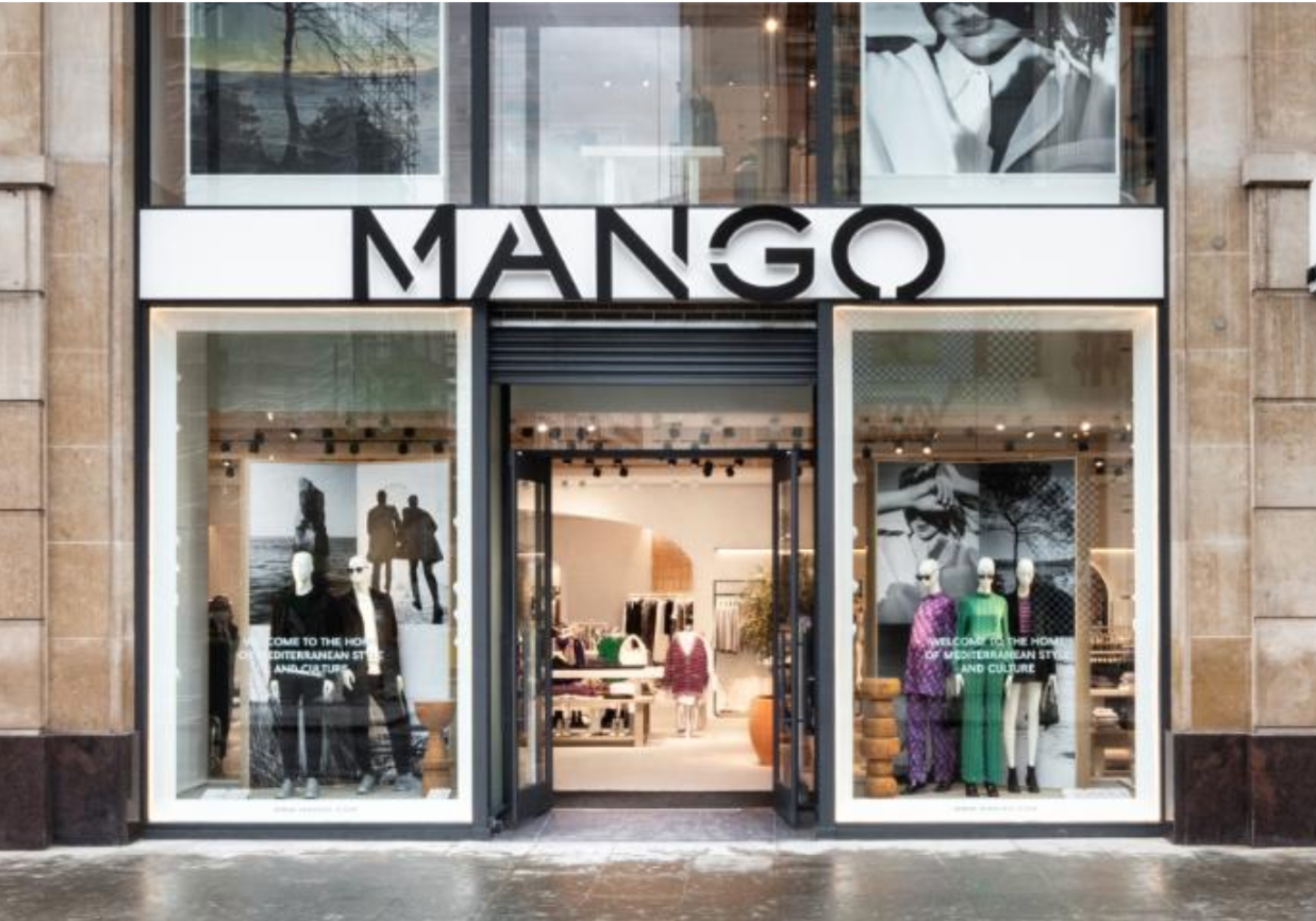UK shoppers spent less online in June as shoppers continued to head back in-store following the easing of Covid-19 restrictions on non-essential retail, the latest official figures suggest. The ONS Retail Sales report for June 2021 estimates that both the proportion and the value of retail sales fell – with 26.7% of retail sales online in June. That’s down from 28.4% in May 2021. At the same time, the value of ecommerce sales fell compared to both last month and last year.
Overall retail sales, across all channels and excluding fuel sales, grew by 0.3%, by volume, on last month, but were 12.1% ahead of pre-pandemic February 2020 – when a fifth of sales took place online. Last month, shoppers spent 9.6% more than a year earlier to buy 7.4% more goods, excluding fuel. And they spent 1.4% more than they did last month, to buy 0.3% more goods. A year ago, the first Covid-19 lockdown ended in mid-June.
Retail sales, excluding fuel, are showing signs of levelling off from the fast growth that was seen after non-essential stores reopened in mid-April. In the latest three months, retail spending was up by 21.3% as shoppers bought 19.9% more goods, again, excluding fuel. Fuel sales, meanwhile, have recovered by 2.3% from May 2021 as drivers travel more, but are still 2.1% below pre-Covid levels in February 2021.
How shoppers spent online
Headline ecommerce sales fell in June, when compared to both last month (-4.7%) and last June (-8.7%). The proportion of sales that took place online also fell, to 26.7% from 28.4% in May. At the same time, retail sales across all channels grew slightly (+0.3%, excluding fuel), of which 26.7% were online.
“This is the fourth consecutive monthly fall in the proportion of online spending,” says the ONS Retail Sales Report for June 2021. “However this is higher than the proportion of online retail spending in February 2020 (pre-Covid-19) of 19.9%.”
It added: “Feedback from retailers suggested that the easing of retail restrictions had affected online sales as consumers returned to physical stores.”
Online grocery sales fell by 9% compared to the same time last year – a period when non-essential stores were starting to reopen from the first lockdown.They were also 2.8% down on last month. However, 10% of retail sales still took place online. That’s slightly down from 10.9% last month, but still well up from 5.9% in February 2020.
Online non-food sales accounted for 23.1% of retail sales in the category, and fell by 11.3% on last year, and by 8% on last month. Clothing, footwear, and textiles was the only category that grew, compared to both last year (+5%) and last month (+0.2%), as the sector recovered somewhat from very low sales a year ago. Some 29.5% of sales in the category took place online.
All other categories showed year-on-year and month-on-month declines. Just over a fifth (21.2%) of department store sales were online, and fell sharply on last year (-37.6%) and last month (-24.8%). Some 25.9% of household goods sales were online, and also fell on last year (-2.8%) and last month (-7.4%). A similar pattern applied to ‘other’ stores – encompassing retailers from bookshops to jewellers – where 17.9% of sales took place online, down on both last year (-11.8%) and last month (-4.7%).
In non-store retailing, a category that predominantly includes pureplay retailers and accounts for 48% of all ecommerce sales but also includes retailers selling via auction and via market stalls, 79.6% of sales took place online. Again, that’s down both on last year (-6.5%) and last month (-2.6%).
Industry reaction
Melissa Minkow, retail industry lead at digital specialist CI&T says: “With retail sales volumes up 9.5% compared to pre-Covid levels, this signals the bounce back from restrictions that we’ve all been hoping for. With warmer weather, the excitement of the Euros and more people taking staycations, this has been the perfect recipe for shoppers to return to high streets and spend. This sense of normalcy is being welcomed with open arms. But too much damage was done to stores during lockdown to say which businesses will ultimately survive in a vaccinated world, especially with the new variant causing concerns.
“The retailers that consistently maintain these positive numbers will be those that are re-evaluating their brick and mortar presence, as we’ve started to see many do, while investing in omnichannel customer experiences. Shoppers’ behaviours have changed to reward the retailers who have made it most convenient, yet experiential, to make purchase decisions.”
Elle Nadal, director of marketing, EMEA, at cross-channel marketing platform Iterable, says: “Despite the reopening of in-person retail and the warm weather seeing shoppers return to the high street, the fact online retail is still exceeding pre-pandemic levels indicates the permanent changes in consumer habits over the last 18 months. The continued vitality of online shopping will no doubt have been partly boosted by last month’s Amazon Prime Day, which offered powerful incentives for consumers to secure exclusive discounts.
“We are living through an unprecedented period of evolution of consumer behaviour, and brands need to be ready. The convenience and flexibility of online shopping will continue to entice customers, but this doesn’t mean consumers will completely reject the unique appeal of the in-person experience – particularly given the lifting of all UK restrictions on 19 July.
“With the pandemic looking set to linger on over the next few months, retailers need to be flexible to thrive. Not all customers will be willing or able to return to stores, particularly as cases continue to rise in the UK. By taking a hybrid approach, offering a consistent and unified experience across digital and in-person channels, brands can show each and every customer they matter – inspiring long-term brand loyalty.”
Eric Hazan, senior partner at management consultancy McKinsey says: “The delay in ‘Freedom Day’ didn’t stop the retail sector from getting a boost. Football fever swept the food category, giving it a 4.2% increase. Whilst the appetite to travel, saw automotive fuel sales increase by 2.3%. The road to economic growth continues to be very category specific. It’s the ability to predict these category peaks that will help retailers outperform their rivals The appetite for in-store shopping is increasing as vaccinated consumers look for more in-person experiences. Yet, digital stickiness remains substantially higher than before the pandemic. It’s the convenience and safety of online shopping that continues to pull in consumers.”
Silvia Rindone, UK&I retail partner at business advisor EY , says people are still cautious going out and about, given the rise in cases and the accompanying rise in self-isolation.
“Despite this,” she says, “trading is likely to hold fast over the summer as people prioritise staycations amid continued uncertainty over foreign travel. The marked shift to online has also continued to be a significant growth driver for some retailers, but they can’t rely on this as consumers are returning to physical stores. While retailers focus on meeting demand, staff shortages may pose a significant challenge. UK delivery drivers have been affected by a combination of Brexit border delays, the furlough scheme and summer holidays looming. Retailers are also reporting a reduced workforce due to the impact of Brexit, increased competition from other employers post-reopening, and ongoing pandemic-related disruption as workers need to self-isolate.
“But the real test will come in September when the furlough scheme and business rates relief both come to an end. Companies that have taken advantage of the past 18 months to review their business model and adapt their operations will be in the best position. All businesses should be prioritising innovation and transformation – making the most of the breathing room available while government support measures remain available.”
Sarah Edge, director of Sales, UK and Ireland at enterprise mobility solutions supplier SOTI, says: “The ONS’s June retail sales statistics continue to show encouraging signs for the High Street, with contributing factors such as Euro 2020, the vaccination drive and warm weather influencing retail sales. But as we look to the months ahead, It’s not all plain sailing for the retail and logistics industries. A ‘pingdemic’ of staff and shoppers forced to self-isolate by the NHS Covid-19 app threatens to derail this progress, with staff shortages crippling some businesses, and is a timely example of the damaging consequences for businesses when technology is not properly rolled out and managed.”

